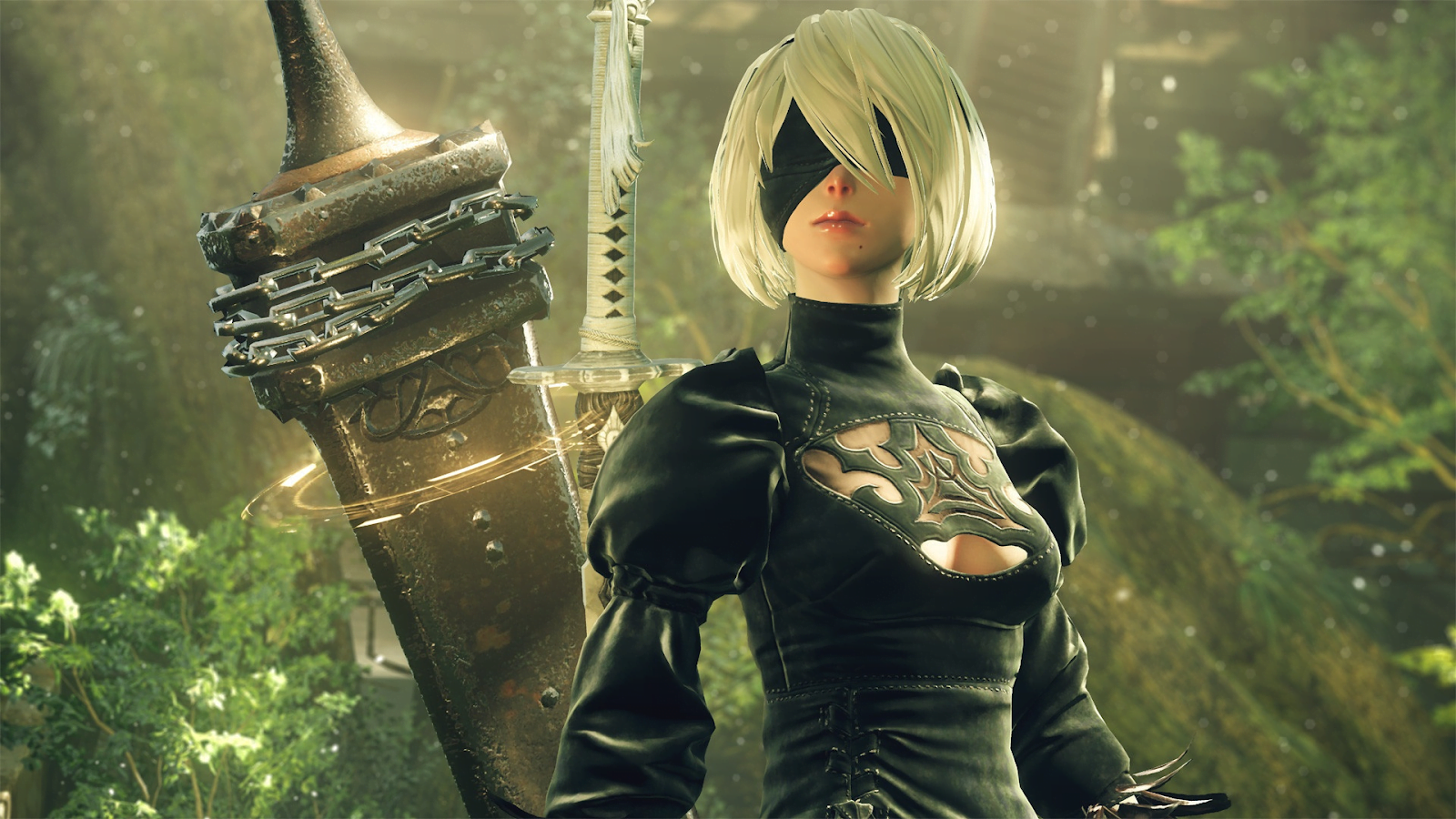
ААА games vs Indie Games
Indie games have been around since the advent of video games. The main difference that should be discussed here is not a comparison between a small and a large studio, but rather the size and possibilities of projects. Usually all this can be reduced to the risks inherent in the project, that is, the risks of those who finance the enterprise. People who invest money usually want to make money on their investments. And the more investment, the more earnings are expected. This works from both the buyer’s and the investor’s point of view.
This can be explained as follows: if someone buys a mobile indie game for a dollar and it is not very good, then the person will most likely shrug their shoulders and say: “Well, it was just a dollar.” But if he spent $ 10-15 on an indie game on PSN, XBLA or Steam, then he will be more upset. “This game is shit. What a waste. ” What if a person spent $ 60 on an AAA game – and it’s bad? He will be much, much more angry – even if his experience is much better than playing for a dollar or ten. It’s all about the amount he spent. People are willing to forgive a cheaper game is simply unacceptable in a $ 60 game.
With investments, the situation is similar, with the exception of large-scale investments. The smaller the scale of the project, the more risky it can be, because it does not need large indicators for payback. If you invested $ 200 in a project and it failed, then … well, sorry. But in the grand scheme of things, $ 200 is not much. 2,000 and even 20,000 dollars is also not very much. If you can manage to raise 70 cents on every copy of an app sold on the App Store, you only need to sell 30,000 copies to get a return on your $ 20,000 investment. And 30 thousand copies in the grand scheme of things is not much, given the App Store’s multimillion-dollar audience. Even if the investment cannot be recaptured, you can indicate a loss in the tax report and learn a certain lesson from what happened. But, having invested 20 million in the AAA game development team, you can’t just say with a shrug: “Oh, well, okay.” You need to repay the investment, because this is a significant amount of money.
But what does this have to do with games and game design? The answer is quite simple: AAA studios (for example – AAA game art studio ‘Kevuru Games’) have to play safe, while small teams can swing at risky, dangerous and exciting ideas. The flip side of this freedom is a decrease in product quality due to a smaller budget. The gameplay here is unlikely to be perfect, the graphics will not reach great heights, as well as the animation. There will be no high-quality lighting, elaborate models, polished animation, accurate behavior of hair or clothes, and so on. The gameplay is unlikely to be particularly deep: you don’t have enough budget to hire many game designers, and one person can complete a limited number of tasks in a day. That is, on one side of the scale, the development time is too long; on the second – a smaller scale. Most small studios choose the latter simply because they need money to either keep developing updates or prepare a sequel.
On the other hand, you won’t find the deep gameplay that AAA games have in low-budget games. Their creators are limited in the resources and time of specialists – they simply do not have time to build a system of ranks, stealth, combat, parkour, cinematics, and so on. They also lack the budget and time to create a large amount of content. This means that indie sandboxes are usually not created. You also won’t see a lot of different weapons and armor or detailed customization here, unless these aspects are significantly simplified. The budget is usually not enough for hiring voice actors, especially complex cinematics cannot be done either.
Another significant difference is the atmosphere. Low-budget games are created by small teams, and each member of such a team is forced to work by several specialists. There can be only one programmer in it, so we are not talking about specializations of the engine programmer, physics, gameplay, and so on. One designer can be responsible for everything: interface, gameplay, systems, levels, and everything else. This is an incredible level of control that comes at the cost of literally doing everything. In such an atmosphere, even such characters coexist that are difficult to find in large teams. Here you can call names, show off, find fault or pretend to be a prima donna – if the other two or three members of the team can tolerate it.
These were the main differences between indie and AAA. The overlap of low-budget and big-budget teams is definitely possible, but each type of project is unique. Working in a small team means that you need to master a lot of skills at a fairly high level. Participation in a large studio requires a high degree of specialization and the ability to communicate with many other people.
Chances are, if you’re working with data, you’re using apps and other software services to…
A new report from the United States of Care (USofCare) has spotlighted the healthcare affordability…
Innam Dustgir's journey from freelancing to becoming the CEO of three highly successful IT companies…
California has a big vision for the future of clean energy. This year, renewable energy…
The loss of a tooth can affect more than just your smile—it can impede on…
Imagine a young mother of two suddenly loses her husband in a tragic accident. The…